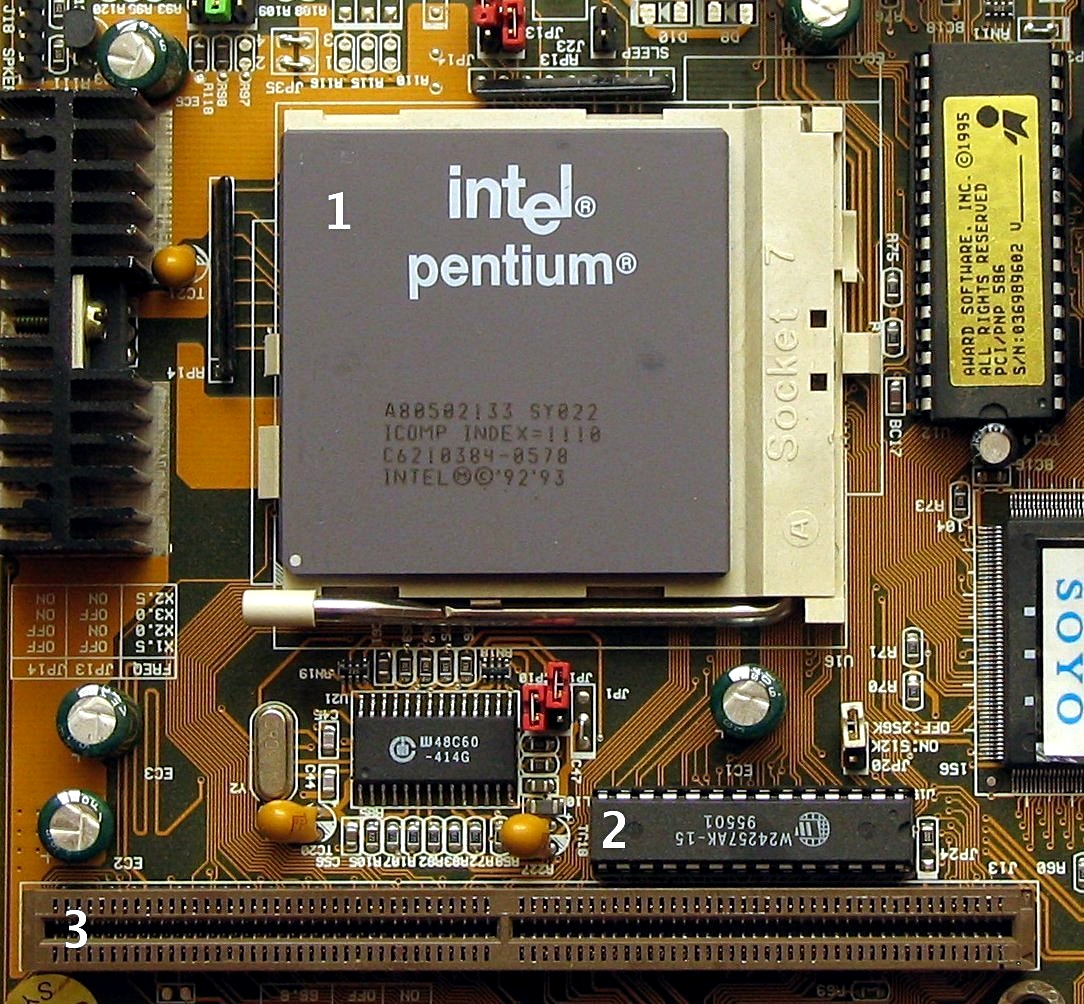


What is a Printed Circuit Board (PCB)?
View more
What is a Printed Circuit Board (PCB)?
 Mr. Vikash Yadav
May 16, 2021
Mr. Vikash Yadav
May 16, 2021
 Mr. Vikash Yadav
May 16, 2021
Mr. Vikash Yadav
May 16, 2021

What is the capacitor?
View more
What is the capacitor?
 Mr. Vikash Yadav
May 15, 2021
Mr. Vikash Yadav
May 15, 2021
 Mr. Vikash Yadav
May 15, 2021
Mr. Vikash Yadav
May 15, 2021

Central Processing Unit.
View more
Central Processing Unit.
![Central Processing Unit.]() Mr. Vikash Yadav
May 15, 2021
Mr. Vikash Yadav
May 15, 2021

About me::
View more
About me::
![About me::]() Mr. Vikash Yadav
October 08, 2018
Mr. Vikash Yadav
October 08, 2018